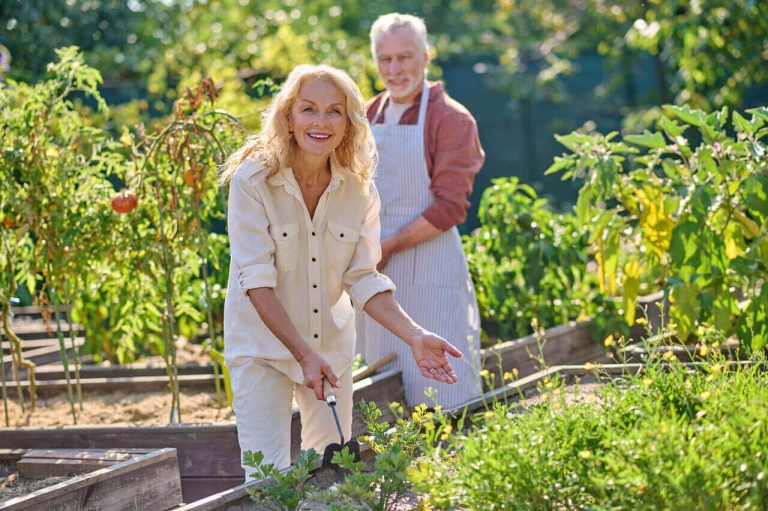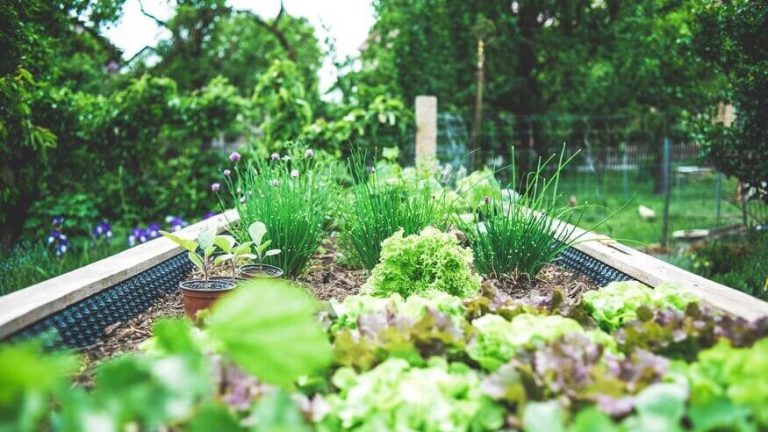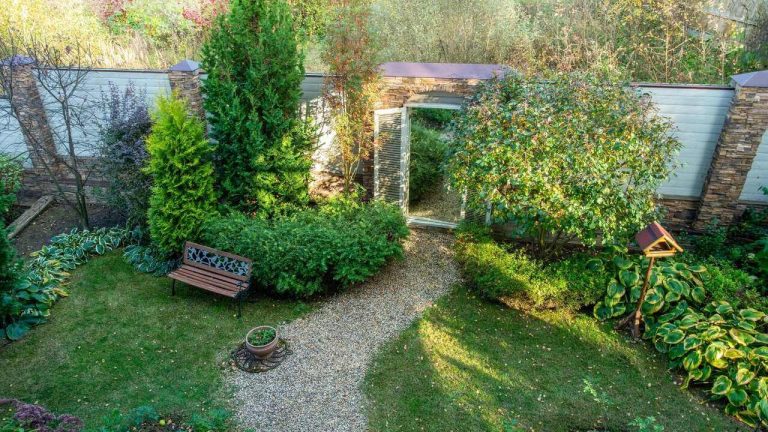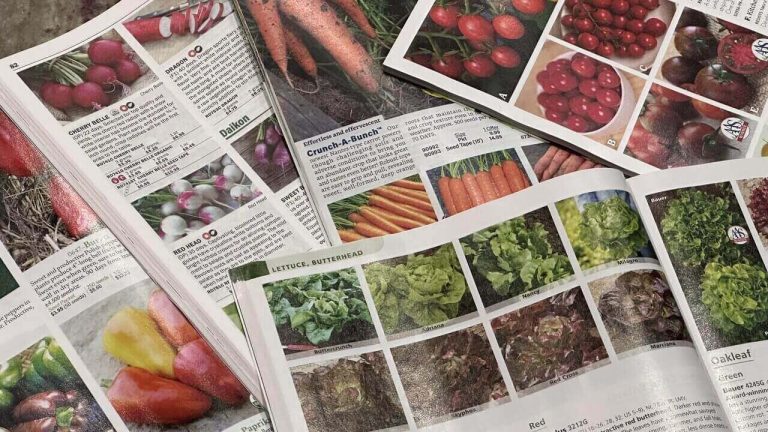Plant a Victory Garden
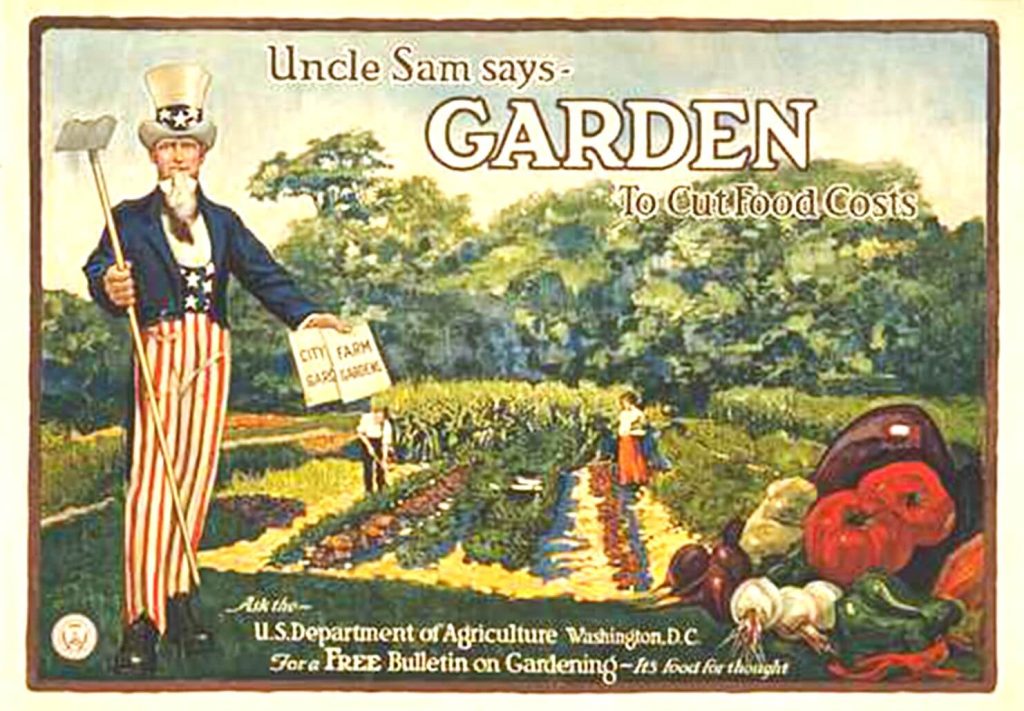
Have you heard of the term victory garden? Did you know you can plant a victory garden?
Victory gardens were part of the war effort during World War I and World War II. They were first known as the War Garden Movement and began in 1917 when Charles Lathrop Pack began the War Garden Commission.
This commission provided education and encouragement for the US to begin planting, harvesting, and preserving food to offset the demand for fresh food in America. This allowed more food to be sent to Europe to support the allies. Many of these soldiers were farmers and were forced to leave their land and their work to serve in the war.
After World War I the habit of private gardening remained common in many communities. As World War II began, victory gardening was encouraged again when food rationing became necessary in 1942.
US families were encouraged to use all available spaces, including schools, vacant lots, parks, and their backyards to “sow the seeds of victory.”
At this time, 15 million families were said to have participated in the patriotic war effort, producing what would be the equivalent of 40% of today’s produce during the war.
Victory gardens did more than supply food for American families and make it possible for allies to have produce during wartime. They boosted morale and gave families something tangible and valuable to contribute during a time of great sacrifice.
There Doesn’t Have to be a War to Plant a Victory Garden
We can salute history by cultivating our own victory gardens today.
Making good use of space and growing, harvesting, and preserving food helps with self-sustainability and can help friends and family save on their food budgets too.
Being generous with your bounty can build relationships and bond communities together. If you have space to share, consider creating a community garden or spearheading a victory-style gardening club.
Gardening goes beyond the provision of growing fresh foods. It teaches important skills like patience, diligence, and how to be part of a community. These are excellent skill sets for all ages. In the same way that teaching someone to fish is preferable to giving them a fish, learning to garden and grow food is far better than relying on the store.
Adding a garden in your backyard is a simple and rewarding way to honor the tradition of victory gardening from the past. Planting food, sharing your bounty, and supporting yourself and others is a noble and generous activity whether or not there is conflict in the world.
Anyone Can Plant a Victory Garden
In recent years it has become increasingly popular to consume whole foods that are organic, healthy, and locally sourced. The terms “field to fork” or “farm to table” resonate with families who want to shorten the distance and pathway from where food is grown to their homes. This has created an upsurge in the interest in gardening.
Gardening began nearly 12,000 years ago when hunter-gatherers started to grow their food. This made it possible for humans to stay in one place rather than roam while constantly looking for food sources.
Growing crops enabled people to form communities, leading to the modern development of towns and cities as we know them today. Since that time, farming has become one of the leading industries worldwide.
Many plants, fruits, and vegetables are native to specific countries. As the world developed and people migrated, they brought seeds and plants with them creating more diversity around the world.
At one point, climate and soil type influenced what could be grown regionally. Thanks to modern technology, many foods can be grown year-round in a wide variety of locations.
With the current popularity of gardening, it’s becoming more common than ever to have a personal garden. And thanks to the abundance of and access to information, anyone can have a beautiful and bountiful backyard garden.
Anyone Can Garden at Home
Gardening at home doesn’t require large expanses of land. There are many ways to grow gardens whether you have a large or small yard.
Some people enjoy growing food while others cultivate ornamental gardens filled with flowers and greenery.
Gardens can be grown in pots, raised beds, on the patio, or indoors if space is limited. All you need is desire and a bit of a green thumb.
The type and style of garden you create depends on a few important factors, including
- Soil type
- Ratio of sunlight and shade
- Climate
- Access to water
- Time
Making certain the plants you want to grow work in the soil you have is important. You can easily enhance your soil if needed.
Determining the balance of light and shade, and the climate where you live matters too. All living things need water, so planning how to keep plants hydrated is a big consideration.
Ultimately creating a garden takes time. Make sure the garden you want fits with your lifestyle. Some gardens require very little effort but yield bountiful results while other gardens need a lot of tender loving care. Choose the style that works best for your needs and the time you have to give.
Gardening is on the rise. Just as Victory Gardens provided extra food during wartime, raising fresh food for your family is fun and rewarding too. Having a lush yard filled with flowers, birds, and the sounds of nature can help you feel calm and peaceful.
If you’ve considered starting to grow vegetables and other plants, now is a great time to create a beautiful and bountiful garden!
Have gardening questions or want more information? Join the VeggieGardenHQ.com community and get direct access to much more gardening information not published on the blog.



